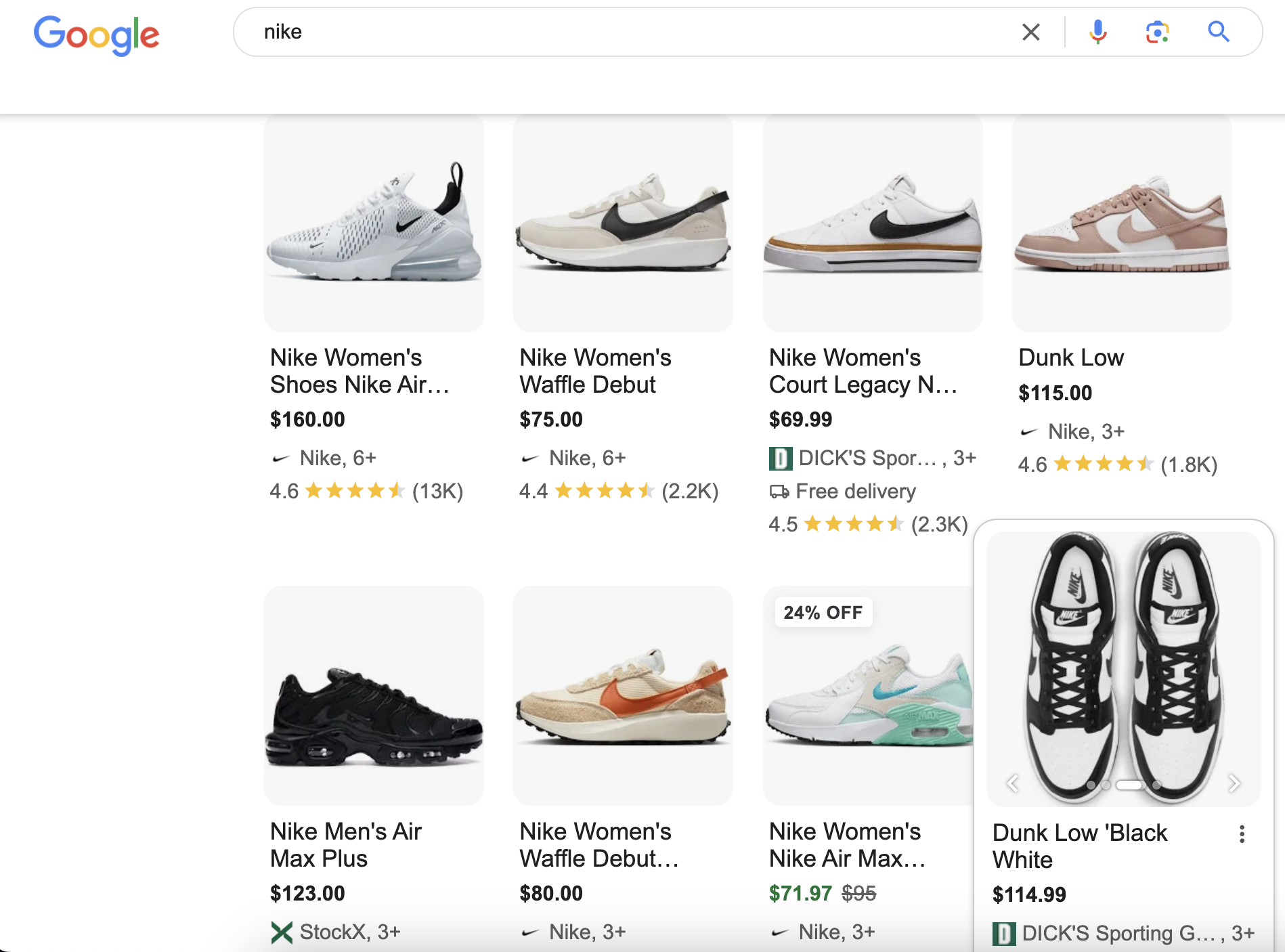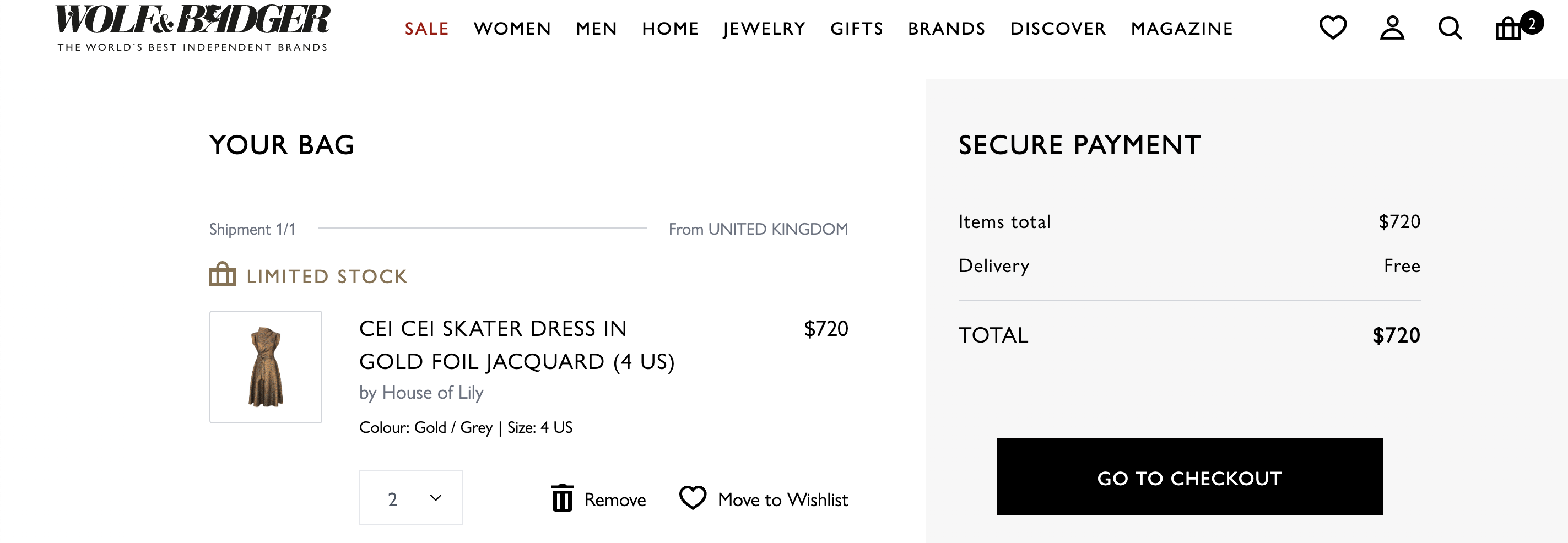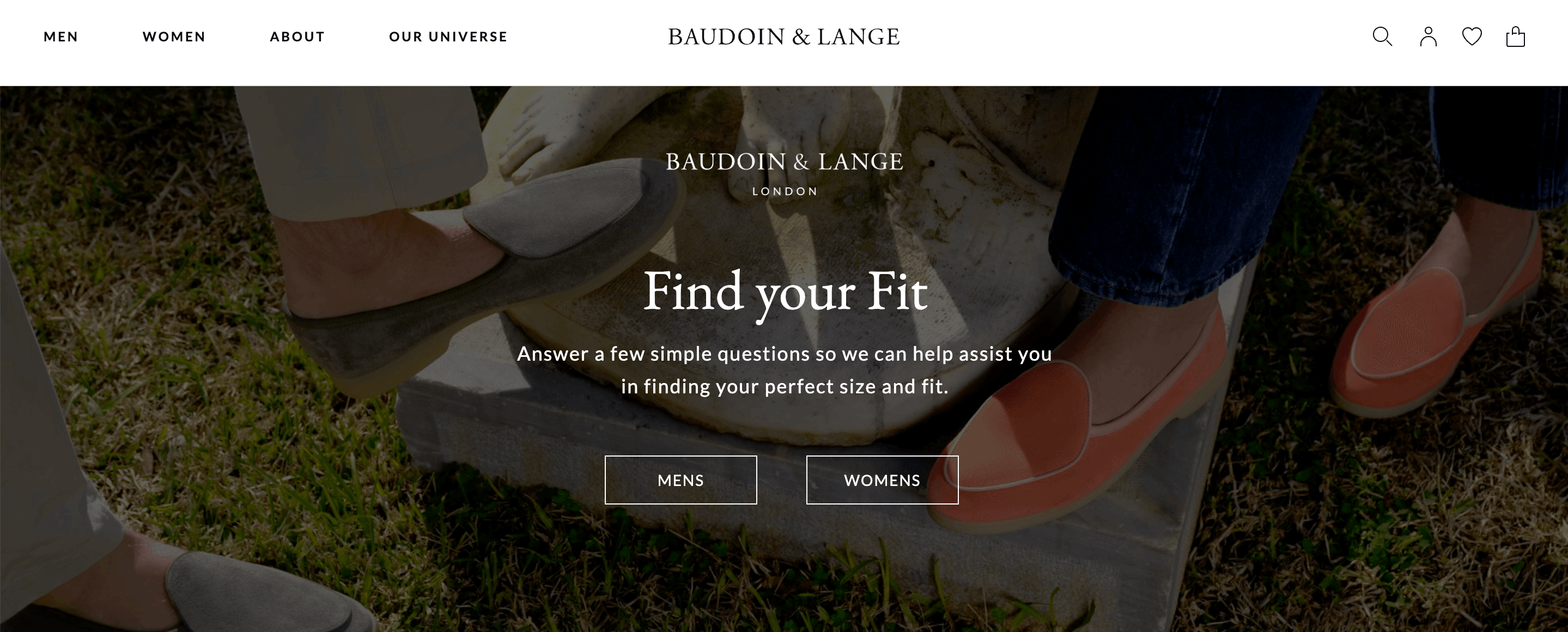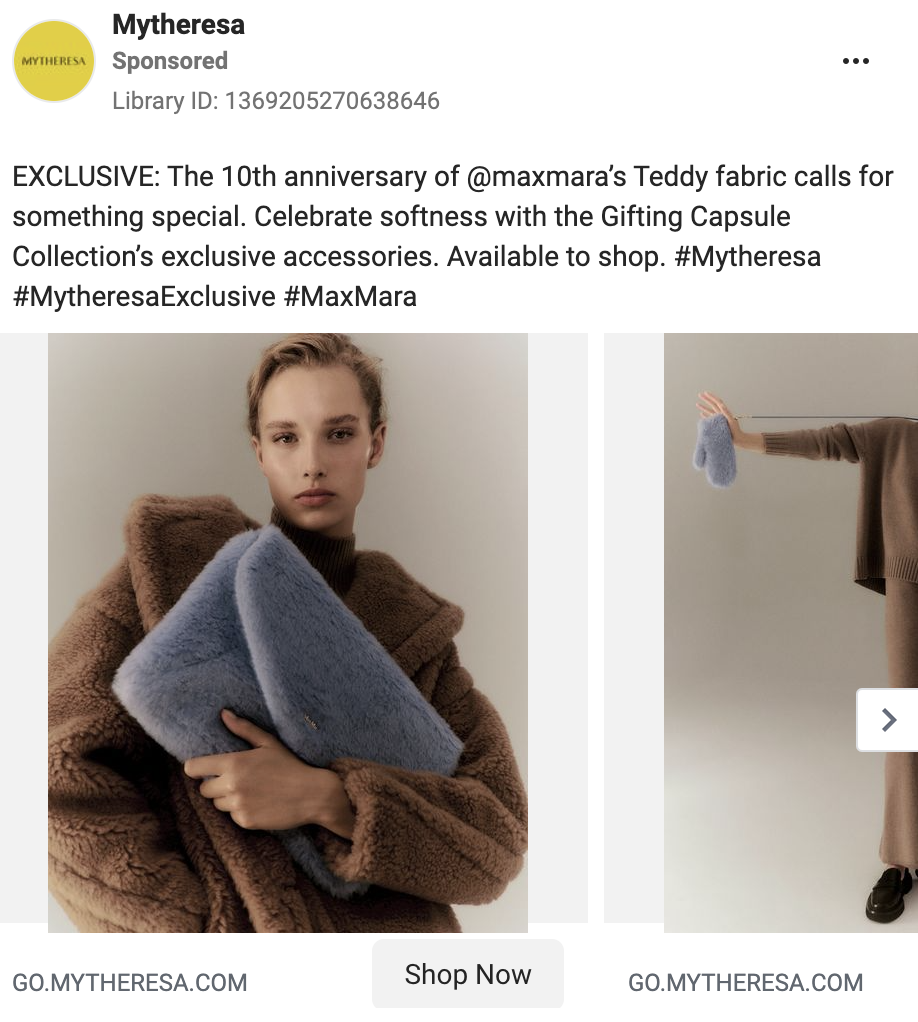
Marketing
How to Write Exceptional Sales Copy for Your Clothing Store?
What sets your clothing store apart often boils down to how well you communicate with your customers. Sales copy plays...
Best Customer Acquisition Strategies for Dropshipping Success
Dropshipping

As competition continues to intensify, the ability to attract customers has become more crucial than ever before.
As a result, businesses must employ effective strategies to stand out from the crowd and capture the attention of their target audience.
In this article, we explore the best customer acquisition strategies that will help your dropshipping business stay ahead of the curve and achieve sustainable growth.
Customer acquisition refers to the process of attracting and converting potential customers into paying customers.
In simpler terms, it’s all about finding new people who are interested in your products or services and convincing them to make a purchase.
This involves various marketing tactics and strategies aimed at increasing brand awareness, driving traffic to your online store, and, ultimately, persuading individuals to buy from you.
From social media and eCommerce email marketing to search engine optimization (SEO) and influencer partnerships, customer acquisition encompasses a wide range of activities aimed at expanding your customer base and growing your business.
The customer acquisition funnel, often visualized as an inverted pyramid or a funnel, presents all the steps potential customers go through to become paying customers – from learning about your dropshipping store to making a purchase.
The funnel is divided into several stages:
In the awareness stage of the funnel, potential customers become acquainted with your store through social media, paid advertising, recommendations, etc.
For example, many online stores, such as Nike, run Google shopping ads that can show up to customers in the Google Search Results when inserting keywords the ads target.

When it comes to social media, besides engaging potential customers with content, nowadays, eCommerce stores also appear to be frequently partnering with influencers.
In this way, they are able to showcase products to a much wider audience and find new leads.
Once potential customers know about your store, you want them to start considering your products as options they might purchase.
The way you know customers are interested in purchasing your products is by them making an account on your website, subscribing to your newsletter, downloading your shopping app (if you have one), etc.
The purchase stage is where the actual transaction takes place, and the individual becomes a paying customer.
This is the culmination of the customer acquisition funnel and the ultimate goal of your marketing efforts.

Measuring customer acquisition involves tracking and analyzing various metrics to assess the effectiveness of your marketing efforts in attracting and converting new customers.
One common metric used to measure customer acquisition is the customer acquisition cost (CAC), which calculates the average cost incurred to acquire each new customer.
Calculating CAC is relatively straightforward. You just need to divide the total cost spent on acquiring customers (marketing expenses) by the number of customers acquired in the period that money was spent.
Formula: CAC = Total marketing expenses / Number of customers acquired
To put the formula into practice, if you spent $1,000 on a marketing campaign in a month and have acquired 100 new customers during that time, your CAC would be $10 per customer.
The customer lifetime value (CLV) calculates how much you should expect to earn from a customer over their entire relationship with your business.
By analyzing CLV, you can gain a deeper understanding of the overall profitability of your customer base and make informed decisions about marketing strategies, customer retention efforts, and resource allocation.
Formula: Customer lifetime value = (Average purchase value x Average purchase frequency) x Average customer lifespan
Conversion rate indicates the percentage of visitors to your website who have completed a specific action that you intended them to take.
This action could include signing up for an account, subscribing to a newsletter, or making a purchase.
Formula: Conversion Rate = Total number of visitors / Total number of buyers
Return on ad spend (ROAS) assesses the effectiveness of your paid advertising campaigns.
By comparing the revenue generated from ads to the cost of running those ads, you can determine whether your advertising campaigns are yielding a positive return on investment (ROI).
A high ROAS indicates that your ads are generating significant revenue compared to their cost, while a low ROAS may suggest that your advertising efforts are not delivering the desired results.
Formula: Return on Ad Spend = Revenue generated from ads/ Cost of ads
Check out: Best dropshipping KPI metrics
Optimizing your store for SEO, in other words, for search engines, is a must-strategy for improving your dropshipping business’s customer acquisition considering the fact that 69% of customers start by using the search bar when looking for products.
Why does this matter? The higher you rank in the search engine results, the more visible your store becomes to potential customers.
Check out: How to use ChatGPT for SEO?
How to optimize your dropshipping store for search engines?
1. Keyword Research: Identify words and phrases potential customers use when searching for products you offer and incorporate them into product descriptions, titles, and meta tags. Keyword tools like Google Keyword Planner or Ahrefs can help pinpoint these keywords.
2. Quality Content: Create blog posts or guides related to your products that provide value to readers.
3. Link Building: Get other reputable websites to link back to your store to boost your site’s authority.
4. Technical SEO: Make sure your site has a clear structure with easy navigation (Google should be able to crawl and index your pages without any issues). Check for broken links and duplicate content which can harm rankings.
Check out: Best free SEO Chrome extensions
The main idea behind content marketing is creating great content that your audience finds valuable and wants to engage with.
Here are some ideas on how to you use content marketing to acquire customers for your dropshipping store:

Paid advertising channels such as Google ads, Facebook ads, and Instagram Ads offer powerful tools for targeting specific customer groups based on their demographics, interests, and shopping behaviors and are a great option if your customers belong to the millennial age group.
Additionally, TikTok ads are probably the most effective paid advertising to capture the attention of the Gen Z audience.
If you need help, partnering with a Google marketing, Facebook, Instagram, or TikTok ad agency can be a good way to start the process of creating engaging ads and optimize your campaigns for maximum impact.
By strategically allocating your advertising budget and optimizing your ad campaigns, you can drive targeted traffic to your website and increase conversions.
For example, if you have a dropshipping store offering luxury clothing, you could be able to run ads targeting a demographic interested in buying high-quality branded apparel.


Improving the overall customer experience is essential for not only attracting but also retaining customers in the long run.
Here are a few things you could do:
Traditional methods have worked fine in the past, but in today’s age, using smart tech is the only thing that will help you keep up with the ever-evolving market.
With tools readily available today, integrating AI into your customer acquisition strategy is more accessible than ever, leading up to 73% of marketers to use AI tools to streamline different operations.
AI-powered tools and algorithms can analyze customer data, predict purchase behavior, and personalize marketing messages, allowing you to identify potential leads, segment audiences more accurately, and deliver targeted offers and recommendations to individual customers.
Ultimately, the best customer acquisition strategies revolve around providing value at every stage of the funnel – from awareness to purchasing and even after the sale.
By prioritizing customer needs and preferences, tailoring marketing efforts to address specific pain points, and fostering meaningful relationships, you can build trust and loyalty with your audience.
Remember to continuously analyze data, gather feedback, and refine your approaches to stay relevant and competitive.
Happy customer hunting!
What is dropshipping?